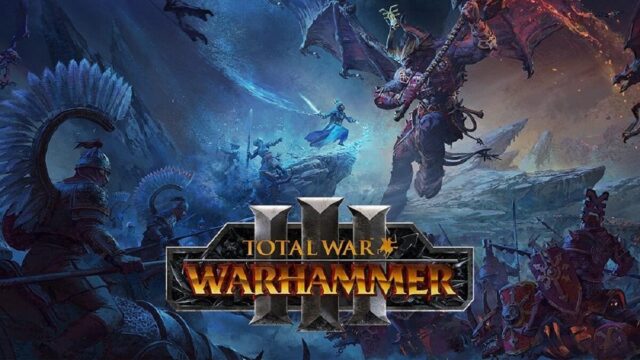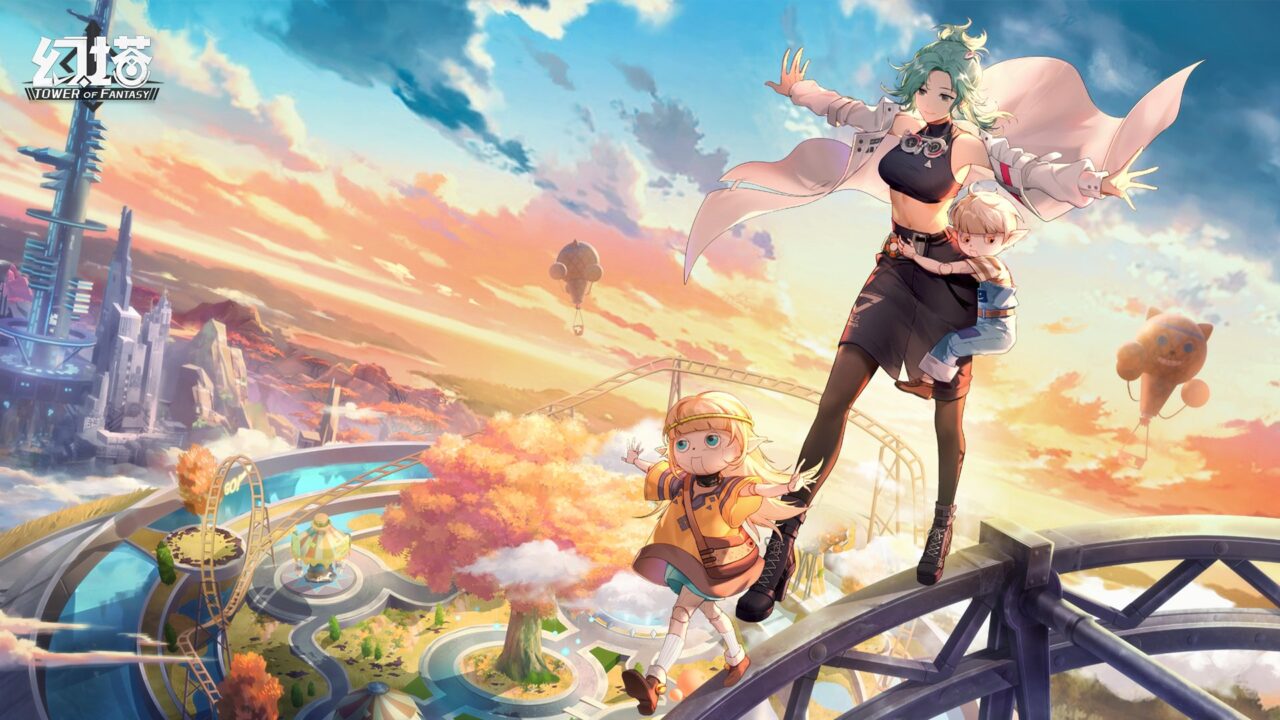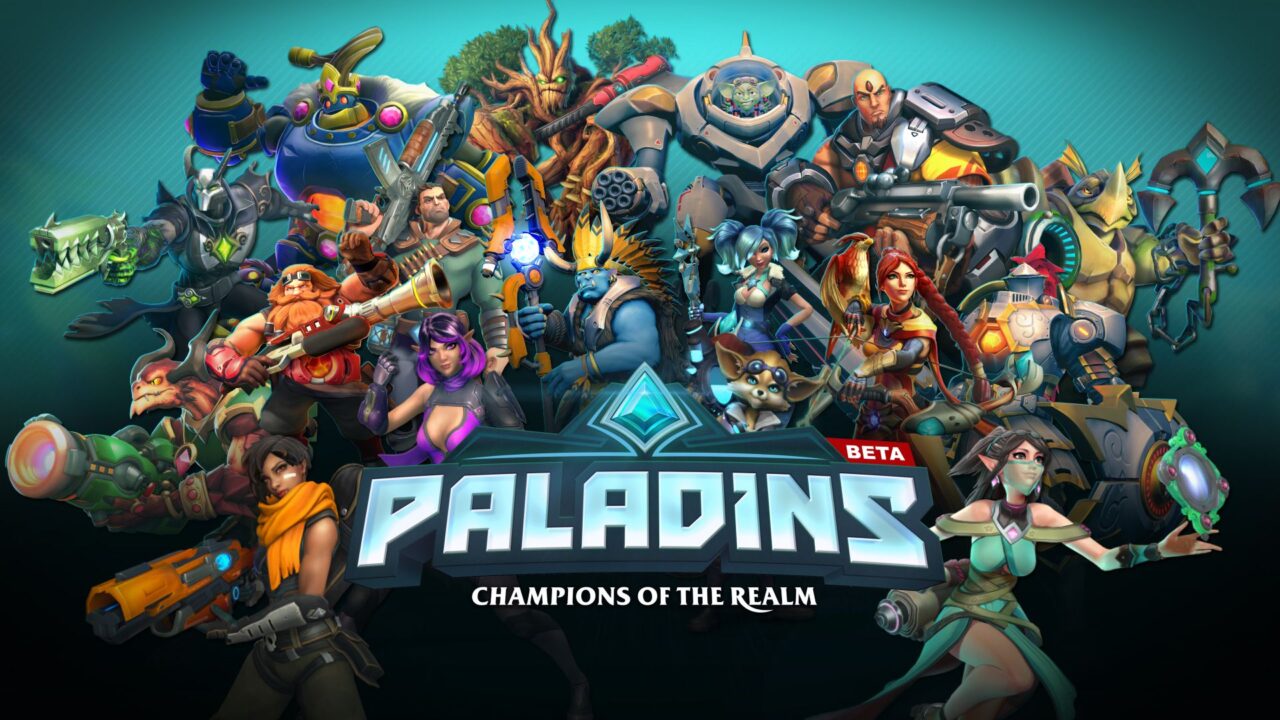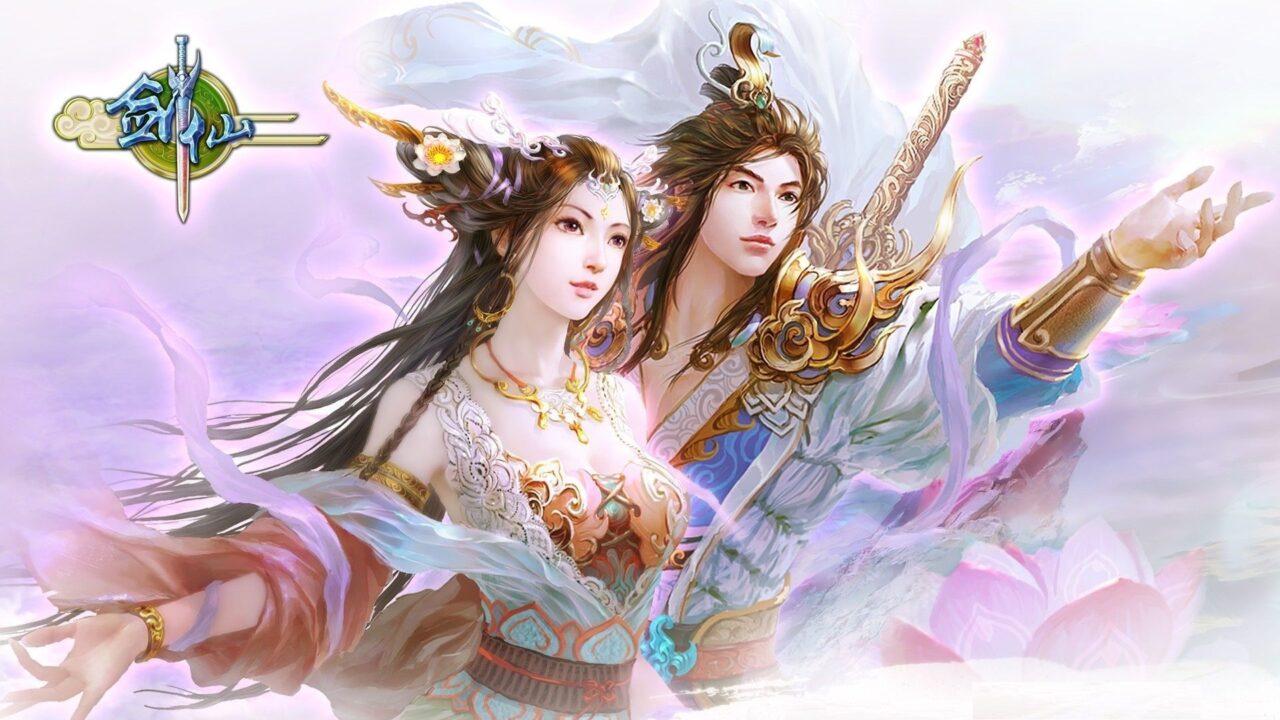Total War: Warhammer III is a turn-based strategy and real-time tactics video game developed by Creative Assembly and published by Sega. It is part of the Total War series, and the third to be set in Games Workshop’s Warhammer Fantasy fictional universe (following 2016’s Total War: Warhammer and 2017’s Total War: Warhammer II). The game was announced on February 3, 2021 and was released on February 17, 2022.
Gameplay
Like its predecessors, Total War: Warhammer III features turn-based strategy and real-time tactics gameplay similar to other games in the Total War series.
In the campaign, players move armies around the map and manage settlements in a turn-based manner. Players engage in diplomacy with, and fight against, AI-controlled factions. When armies meet, they battle in real-time. The game will also have a custom battles mode where players can create customised real-time battles, as well as online multiplayer battles. Those who own races from the first two games will have the same races unlocked for multiplayer in the third game; a combined world map, similar to the “Mortal Empires” campaign in Total War: Warhammer II for owners of the first two games, will also be developed.
The races announced with the game are the human civilizations of Grand Cathay (based on Imperial China) and Kislev (based on Medieval Russia), and five Chaos factions – four devoted to each of the Chaos Gods (Khorne, Tzeentch, Nurgle, and Slaanesh), and the Daemons of Chaos, led by a Daemon Prince that can be customized by earning “Daemonic Glory” through the course of the campaign. Another race, the Ogre Kingdoms, will be made available to “early adopters” (those who pre-purchased the game before release, or purchased within the first week after release).
The main campaign takes place within the Realm of Chaos, said to be the source of all magic in the Warhammer Fantasy setting. Game director Ian Roxburgh has said the campaign map will be “twice the size” of the Eye of the Vortex campaign map that appeared in Total War: Warhammer II.
Plot
Prologue
During the end of winter in the lands of Kislev, Ursun, the Bear-God, would break winter with his roar and bring forth summer. One day, Ursun vanished, and for seven years, Kislev has suffered an unending winter. The Barkov brothers, Yuri and Gerik, are sent by Tzarina Katarin on an expedition north to search for the missing god. During his prayer, Yuri hears Ursun’s voice. Ursun claims that he has been imprisoned in the Howling Citadel, located in the Chaos Wastes.
Yuri travels with his brother and his army to the Chaos Wastes to free his god, but is slowly corrupted by Chaos in his methods to reach Ursun’s prison. Eventually, Yuri murders his brother, Gerik, and offers his skull to a Greater Daemon of Khorne to build a bridge of skulls to cross the Howling Citadel. Yuri and his army reach the Howling Citadel, and after defeating a chaos-corrupted Boyar and his forces guarding the citadel’s entrance, Yuri enters a portal to the Realm of Chaos.
After emerging from the portal, Yuri finds the imprisoned Ursun, and is greeted by Be’lakor (voiced by Richard Armitage), the first of the Daemon Princes. Be’lakor reveals that it was he who guided Yuri by mimicking Ursun’s voice. Ursun begs Yuri to free him, but Be’lakor tempts Yuri to kill Ursun and take his power for himself. Yuri shoots a Chaos-imbued bullet into the Bear-God’s heart, and Ursun roars in pain. The resulting backlash hurls Yuri back to the material plane, with Yuri crashing into the ground severely wounded. Dying, Yuri begs the Gods of Chaos to save him. The Chaos Gods answer his plea and ascend him into a Daemon Prince.
The Realm of Chaos
After the events of the prologue, Be’lakor has imprisoned Ursun in the Forge of Souls, located within the Realm of Chaos. Despising the Chaos Gods for taking away his power and physical form, Be’lakor plans to use Ursun’s power to take his revenge. Ursun’s pained roars have torn the fabric between the material world and the Realm of Chaos, creating a maelstrom that has stranded daemons in the mortal plane.
A character known as the Advisor (who provided the tutorials in the previous two games) has been enslaved by a corrupted book known as the Tome of Fates, bearing a curse of the Chaos God Tzeentch, Lord of Sorcery. He is able to use the book to offer counsel to others, but never for his own gain. The Advisor has learned that in order to free himself from the book, he would need a single drop of Ursun’s blood. Knowing that he himself cannot traverse the dangerous Realm of Chaos, he goes to several factions to ally with in order to complete his goal.
The rulers of Kislev wish to free their god and put an end to their eternal winter. Kislev is divided into three factions, with two initially available: The Ice Court, led by Tzarina Katarin Bokha, who specializes in ice magic; and the Great Orthodoxy, led by Kostaltyn, the Supreme Patriarch of the Cult of Ursun, who believes Katarin is too focused on her magic and court politics, and that only his faith can free the Bear-God. A side quest during the campaign with either Katarin or Kostaltyn involves taking control of the kingdom’s three largest cities – Kislev, Erengrad, and Praag – and awakening Katarin’s father, Tzar Boris Ursus, from the Frozen Falls. This unlocks Boris and his faction, the Ursun Revivalists, as a playable faction in future campaigns.
The dragon siblings of Grand Cathay, Miao Ying the Storm Dragon (who controls the Northern Provinces) and Zhao Ming the Iron Dragon (who controls the Western Provinces), are more or less unconcerned about Ursun, believing themselves older than any god. However, they are convinced to free Ursun nonetheless, so that the Bear-God can inform them of the whereabouts of their missing sister, Shen-Zoo, who disappeared in Norsca long before.
The Ogres, led by the Overtyrant Greasus Goldtooth, wish to capture Ursun to feast on his divine flesh and feed the remainders to their own god, the Great Maw.
The daemons of Chaos each have their desires for Ursun. Skarbrand the Exiled One wants Ursun’s skull so that he can gift it to the Blood God, Khorne, in order to earn forgiveness for his betrayal. Kairos Fateweaver, the two-headed Oracle of Tzeentch, plans to take Ursun’s eyes to see the present (as he can only view the past and future). Ku’gath Plaguefather, greatest of the Great Unclean Ones of Nurgle, the Chaos God of Disease, would use Ursun’s corpse in order to create a great plague known as a God-Pox. N’kari, the Arch-Tempter and chosen of Slaanesh, the Chaos God of Excess, desires Ursun’s eternal sorrow. Yuri, now known as the God-Slayer and leading the Daemons of Chaos Undivided, seeks to finish what he started by truly slaying Ursun and taking revenge on Be’lakor for his manipulations.
In order to reach the Forge of Souls where Ursun is imprisoned, the player’s selected faction must capture a soul of a Daemon Prince bound to each of the four Chaos Gods. As the player’s faction battles for each of the Daemon Prince’s souls in the Realm of Chaos, it is revealed that once Ursun dies, Be’lakor will infuse himself with the dead god’s power to transform himself into the Chaos God of Shadows. With his army of Soul Grinders created in the Forge of Souls, he will destroy the four Chaos Gods so that he will rule unchallenged.
Once all four souls of the Daemon Princes have been captured, Ursun finally dies. As Be’lakor undergoes his ascension to godhood, the Advisor uses the souls of the Daemon Princes to create a bridge leading to the Forge of Souls. The player’s faction battles Be’lakor’s army before finally slaying the Dark Master and preventing his ascension. After the final battle, the fate of Ursun and the player’s faction is revealed.
- The leaders of Kislev mourn the loss of Ursun, believing that with their God dead, Kislev will fall. However, Ursun is revived by their faith and devotion, and with his roar, he puts an end to Kislev’s endless winter.
- The dragon siblings use spirit magic to speak to Ursun, and before fading from existence, tells them the location of their missing sister.
- Skarbrand delivers the bear-god’s skull to Khorne. Whilst the Blood God revels in such a worthy offering, does not forgive Skarbrand for his betrayal, rendering Skarbrand’s efforts in vain.
- Kairos takes Ursun’s eyes, and with the sight of a God he is finally capable of viewing the past, present and future.
The epilogue has the Advisor freed of his slavery from the Tome of Fates. He is joined by a white crow, and when he attempts to read the book, his sight is stolen. The white crow is revealed to be a Greater Daemon of Tzeentch, known as Sarthorael the Everwatcher, with the Daemon binding the Advisor to his service. The epilogue also reveals that the game takes place before the events of the first game.
Reception
Total War: Warhammer III received “generally favorable” reviews, according to review aggregator Metacritic.
Chris Tapsell of Eurogamer praised the game’s tutorial and noted that the experience would be intimidating for new players because of the game’s tendency to leave more intricate mechanics inadequately explained. He deemed the game to be a hectic and stressful yet fun and ultimately rewarding experience, and recommended it. Leana Hafer of IGN called the title a worthy capstone to the dark fantasy trilogy, praising its depth, quality of life improvements, alliances, and factions. Fraser Brown of PC Gamer praised the addition of new modes and features, namely the Daemons of Chaos, and noted that the tutorial in the game was “the best tutorial Creative Assembly has put together”. Shacknews similarly praised the new campaigns, races, customization, art presentation, and setting, and cited the lack of DLSS and platter drive load times as minor issues.
PCGamesN liked the new campaign, saying it was an improvement over Warhammer II‘s because of a more interesting endgame, “It’s so much better than Warhammer II’s Vortex campaign… But because the winner in Warhammer II was whomever accrued the most ritual currency, their victory often felt just as inevitable as ever once they emerged from the pack”. Despite liking the new tutorial and the “intense, breathless campaign, The Guardian criticized the harsher auto-resolve as making the title more repetitive, “a harsher autoresolve and tighter map means a tiresome number of forced manual battles”. Rock Paper Shotgun enjoyed the demonic realms the player had to fight through “The realms only become accessible during magical mega-storms, occurring intermittently through the campaign, during which loads of portals appear on the map, corrupting the landscape and blopping out armies of devils… they give the same sense of apocalyptic desperation as the buildup to the endgame in Frostpunk”.




